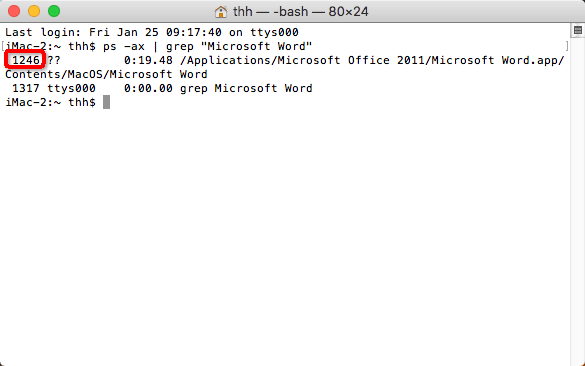
- MICROSOF WORD NOT WORKING ON MAC HOW TO
- MICROSOF WORD NOT WORKING ON MAC MAC OS X
- MICROSOF WORD NOT WORKING ON MAC UPDATE
- MICROSOF WORD NOT WORKING ON MAC PRO
If the issue continues to occur in Safe mode, go to the next step.
MICROSOF WORD NOT WORKING ON MAC HOW TO
If the issue continues to occur, go to the next step.įor information how to clean start your Operating system (OS), see Microsoft Knowledge Base article:Ģ398596 How to use a 'clean startup' to determine whether background programs are interfering with Office for Mac If the issue continues to occur, proceed to the next step. If the problem seems to be resolved, you can move the Normal file to the Trash. Start Word and check whether the problem still occurs. Locate the file that is named Normal, and move the file to the desktop. To display this folder, hold down the OPTION key while you click the Go menu.
MICROSOF WORD NOT WORKING ON MAC MAC OS X
The Library folder is hidden in MAC OS X Lion. Quit all Microsoft Office for Mac programs. When an application is force quit, any unsaved changes to open documents are not saved. Repeat the previous steps until all active applications. Select an application in the 'Force Quit Applications' window. To resolve this problem, follow steps below. This error message may also occur during usage of application such as saving a document. When you start Microsoft Word for Mac, or when you try to open a new document, you experience one of the following conditions:
MICROSOF WORD NOT WORKING ON MAC UPDATE
Microsoft Word Not Working On Mac After Update Catalina Symptoms For more information about this change, read this blog post. Office 365 ProPlus is being renamed to Microsoft 365 Apps for enterprise.

If the problem continues to occur, go to the next method. If the problem is resolved, you can drag the normal.dotm file from the desktop to the Trash.

Open Application Support, and then Microsoft. Open an Office app such as Word, then on the top menu, click Help Check for Updates. If you are an Office 365 subscriber, you'll also receive the newest features and tools. Microsoft AutoUpdate makes sure your copy of Office will always be up-to-date with the latest security fixes and improvements. Here’s the fix: Put the.numbers file back from the time machine / other backup if they won’t open or just open them on a 10.12 Mac.
MICROSOF WORD NOT WORKING ON MAC PRO
It’s not the preferences or the OS, it’s the files itself that are corrupted, even though the same files work fine on my 10.12 (!) they don’t on my Mac Pro 2008 with 10.11. List of Help topics for Word for Mac Preview.


So I exited Excel 2011 and went back in and all the shortcuts are again working and "Show ScreenTips for toolbar commands" is un-checked. (However the Edit menu does show that Cmd+C does "copy to scrapbook".) And after more experimentation no matter if I check or un-check "Show ScreenTips for toolbar commands" I can't get Cmd-C to copy. I went back in and checked "Show ScreenTips for toolbar commands" and Cmd-C started working again. Now as I wrote this posting I found out that Cmd-C stopped working again. Once I UNchecked that box the shortcuts started working again (after "OK" dismissing the window) and the shortcut keys were displayed in the menus.īTW, " Show shortcut keys in ScreenTips" is checked for me. (That setting is supposed to show what an icon is supposed to do if you hover the mouse-pointer over it.) In the window that appears the Toolbars and Menus "tab" is displayed (for me).Ĭheck or un-check "Show ScreenTips for toolbar commands". I had flakey results: go to menu View -> Toolbars -> Customize Toolbars and Menus. (In addition, selecting an area and hitting Cmd-C did not display the crawling-ants indication around the selection.) I found the problem using Excel with Office 2011, but it may apply to Word too.)Ĭmd-C, Cmd-V, Cmd-X and maybe others stopped working and the shortcuts weren't displayed in the menu after I was messing around trying to add Paste->Transpose to the tool bar. [Note: I'm using Cmd- the same as Cmd+ as you don't actually type the hyphen or plus, and Cmd is the "command" keyboard key.


 0 kommentar(er)
0 kommentar(er)
